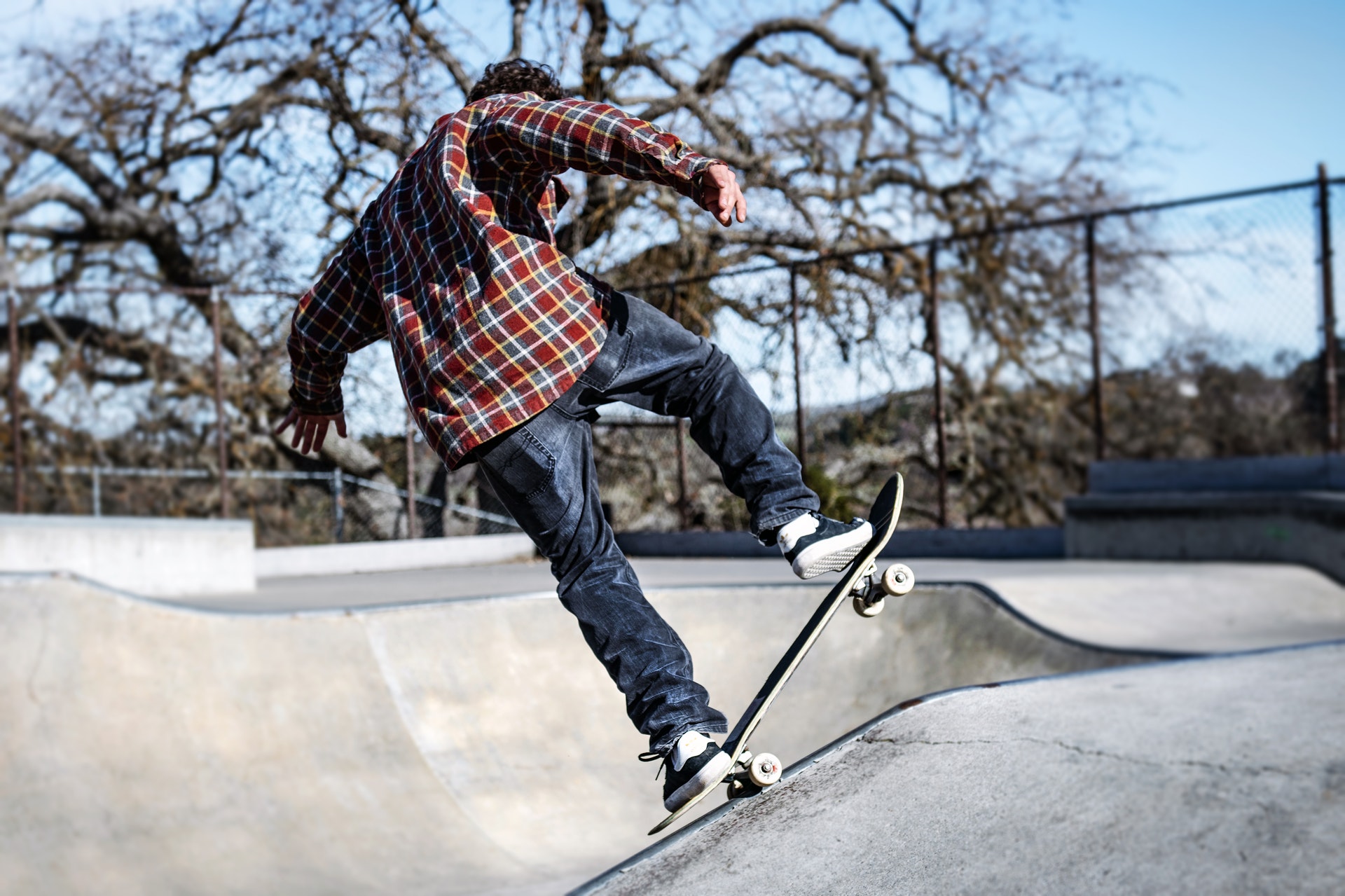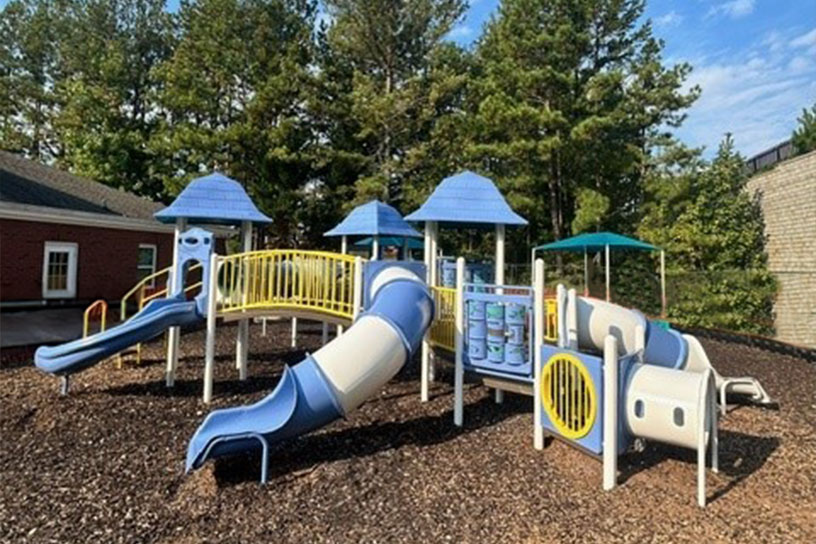Skateparks and playgrounds appear to be two very different structures. While there are many similarities between the two, there are also a number differences when it comes to inspection. Here's what you need to know about performing a skatepark inspection.
Skatepark Inspection Basics
The following items are high-frequency inspection items for skateparks. Keep reading beyond the list for some additional details and information.
- Look for sharp edges or points that stick out on any skating surface or rails
- Transitions between surfaces should be flush with a 3mm to 5mm max difference
- Access paths, fences, and other walkways should be in good condition
- Surfaces should be damage-free, and clear of debris like leaves and rocks
- Rails should be clean, damage free, in good condition, and have end caps
- All screws and fasteners should be flush and not projecting out of surfaces
Inspecting Surfaces, Fences & Rails
The nature of a skatepark demands smooth, clean surfaces. This means you'll need to pay a great amount of attention to the condition of your space. We recommend checking the main skate surface weekly (if not daily) to prevent the buildup of items like leaves, sticks, rocks or stones, and other material. And, you'll need to repair surface damage like cracks and chips as quickly as possible.
Last, fences and rails should always be inspected on a regular basis. Rails in the skating area for ‘“grinding” should always be tested to make sure they are firmly attached, free of rust, and that attachment hardware is both secure and doesn’t protrude in such a way as to pose a hazard.
Transitions Should Be Smooth
Skateparks completely rely on smooth surfaces. If a transition from a flat section to a ramp or curve has a large jump as part of the original construction it is possible for skateboard wheels to catch, causing a skater to fall and create a potential for injuries. Ideally, these transitions should have a gap of 3mm or less, and no greater than 5mm at the largest.
Other surfaces within the skatepark should be maintained as well, like walkways. Trip hazards like uneven paving is always a point of concern.
Use the Best Tools
Inspecting playgrounds, skateparks, and other facilities and amenities can be challenging. This is especially true if you are still using manual processes like paper records or spreadsheets. Instead, consider using playground inspection software like Park Protector. Park Protector automates the majority of the manual work involved in an inspection and makes record-keeping easy and accurate.
Still Stuck On How To Inspect Your Skatepark?
Not every skatepark is the same, and the best way to know how to perform a proper inspection is to contact the team at Playground Guardian for a consultation with our CPSI certified team. We can train your team on how to perform the inspections, or we can perform routine inspections and maintenance of your skatepark for you.






